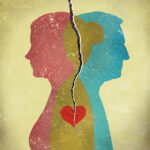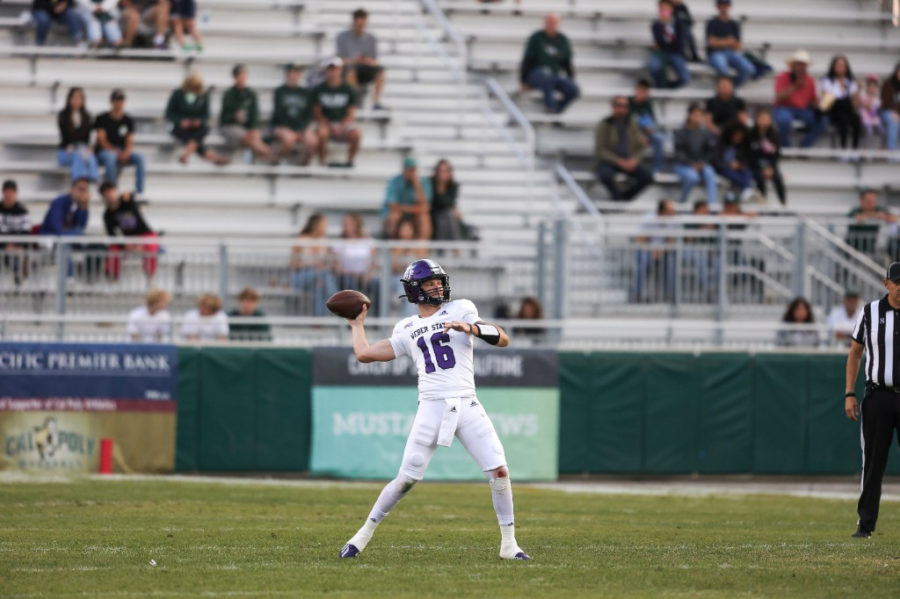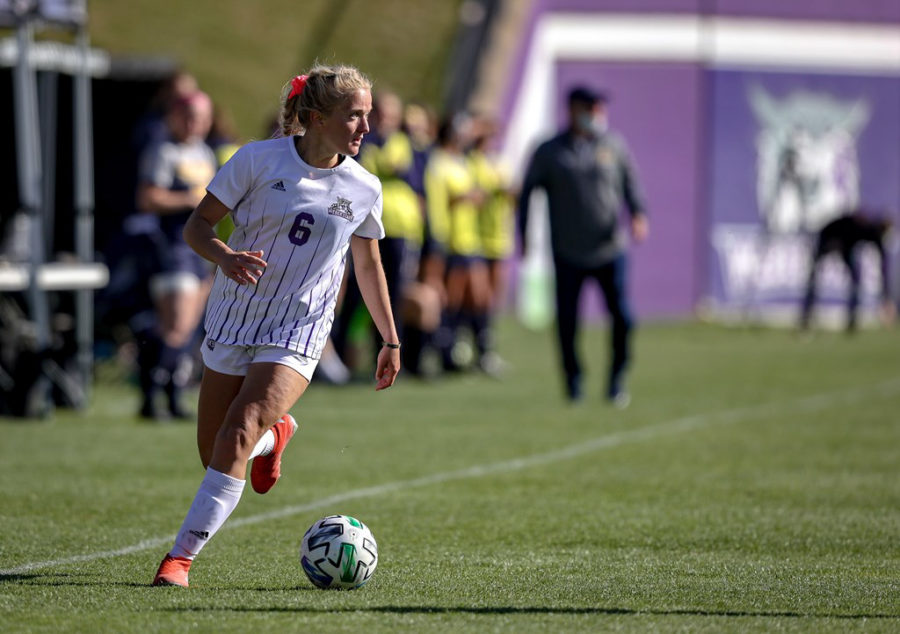
Love. It’s a simple word that most people learn the meaning of before they are even out of diapers, yet the complexity of the feeling goes far beyond the pink heart candies and silly cards that are given out on Valentine’s Day.
Love, in it’s most basic explanation, can be boiled down to as the biological need to reproduce and to keep the species from going extinct. However, there are also other factors at work when people experience the feeling of love.
Candace Horne is a student at Weber State University who is majoring in psychology. Horne has spent the better part of her senior year researching how the state of love effects levels of anxiety and more specifically worry.
“There are cognitive, behavioral and physiological influences,” Horne said. “It’s not just a simple and basic emotion, there’s so much involved.”
Horne said that there are many different theories of love that she has been using during her research.
One theory is triangular theory, which was developed by psychologist Robert Sternberg, and it involves three components of love: intimacy, passion and commitment.
In this theory the different combinations of the components result in different types of love such as companionate love, which is the combination of intimacy and commitment, or romantic love, which is the combination of passion and intimacy.
“There’s lots of different kinds of love,” Horne said. “And even in the same relationship the love can change over time.”
According to Horne many researchers view love as a goal-oriented state.
“We want to feel good,” Horne said. “That’s what drives us to feel those connections.”
Horne also said that there are neurological factors that are playing a role in the feeling of love, including both dopamine and oxytocin.
“There are increased levels of dopamine in certain areas of the brain at the beginning of an intense romantic relationship,” Horne said.
Horne said that in order to measure love, she has been using research done by Elaine Hatfield, an american social psychologist, who is considered one of the pioneers of relationship science.
For her study, Horne had participants answer questions to first determine their levels of passionate and companionate love, their relationship status or if they aren’t in a relationship at all.
In addition to these questions, the participants were also asked about questions to help determine their level and type of worry they experience.
For the first group of participants, Horne used students from WSU in lower-level psychology classes. However, for the second group, Horne will be using people who have actually been diagnosed with specific disorders.
“The sample size from the first group was about 120,” Horne said. “I am hoping for a similar sample size from the second group.”
Horne said the second phase of research will take about two to four weeks to complete, and she is excited to see what the research will be able to show about the state of love and anxiety.













